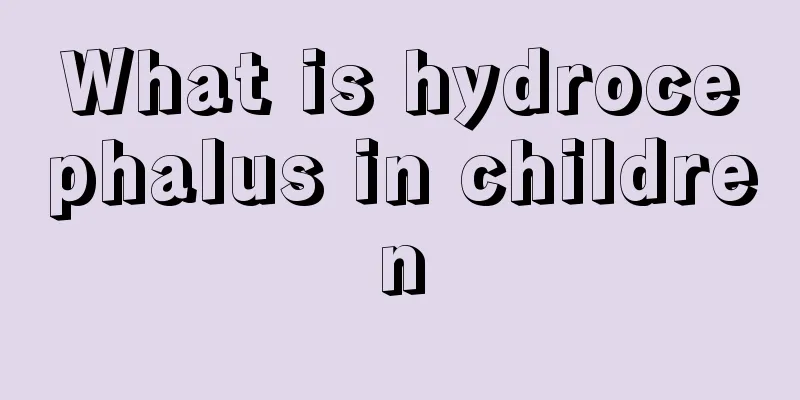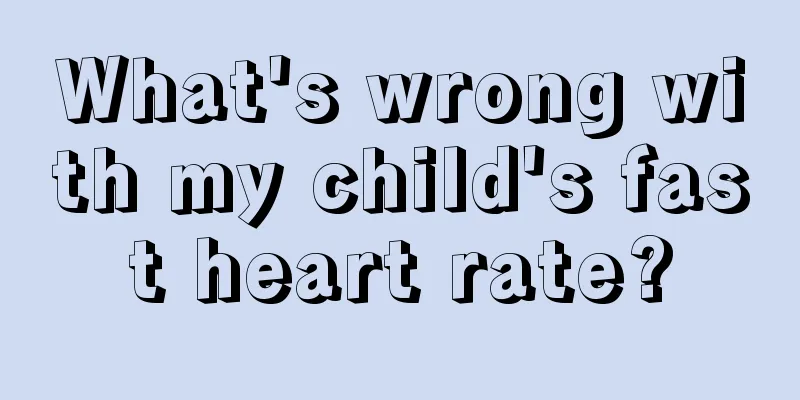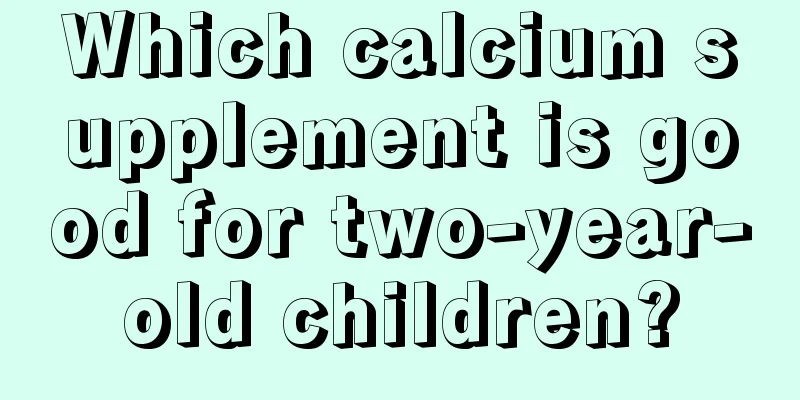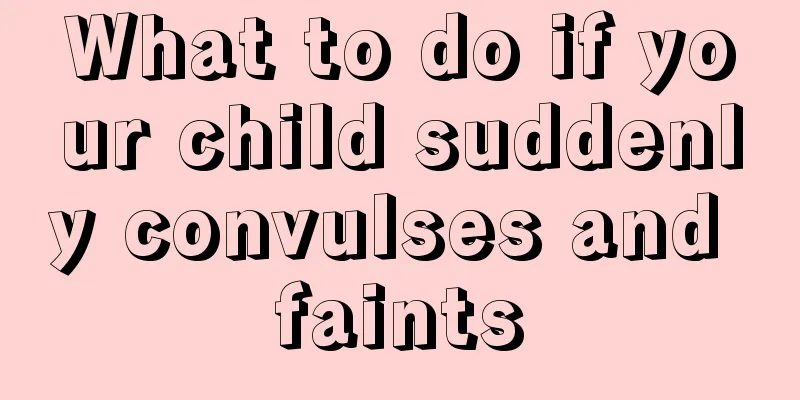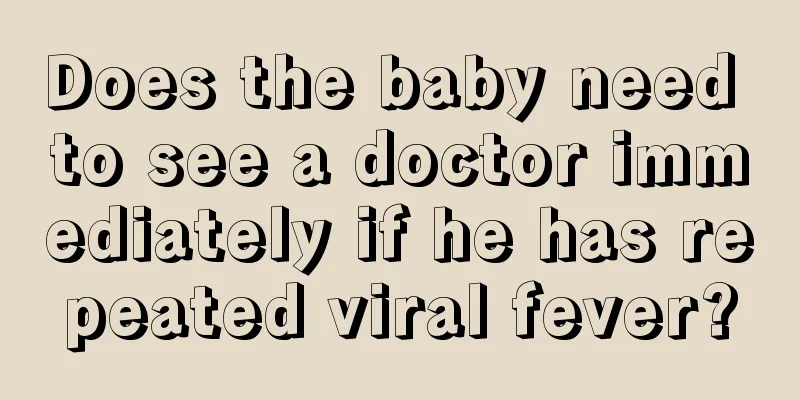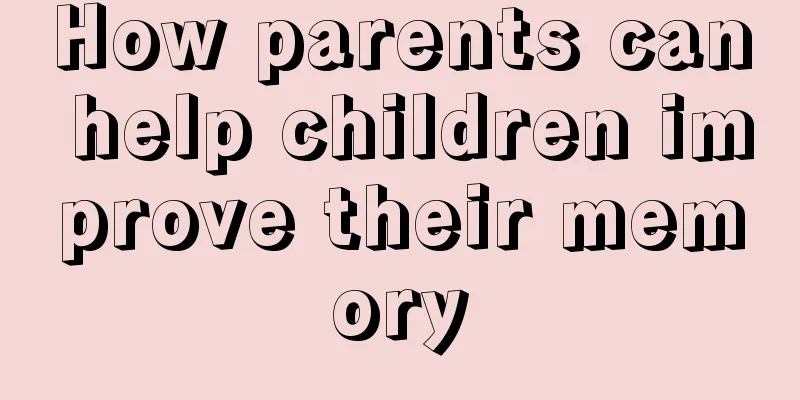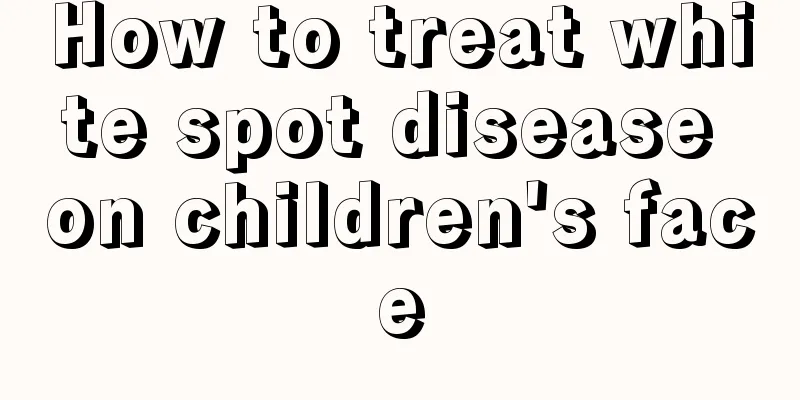What are the symptoms of fever in children?
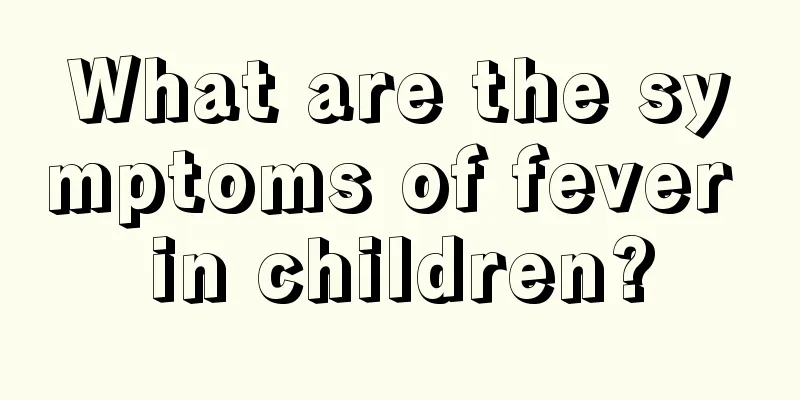
|
What are the symptoms of fever in young children? Many people may say, of course, it is because the body temperature is too high. However, this is a wrong perception. In fact, for young children, since their body functions have not yet fully developed, high body temperature is not the only symptom of a child's fever. So, what are the symptoms of a child's fever? Next, let me explain to you. Body temperature itself is not the real most critical method to observe childhood illness. For adults, the level of body temperature usually reflects the severity of the illness. This is not the case with children, as their bodies' temperature control is not yet perfect. Some children have a fever of up to 40°C when they are infected with mild diseases, but only 38.3°C when they are infected with more serious diseases. When a child has a fever, parents should observe his complexion, expression and actions. A child with a temperature of 100.5°C but a pale, unnaturally quiet complexion may be sicker than a child with a temperature of 100.5°C but still running around the house making a fuss. If a child with a fever shows the following symptoms, see a doctor regardless of the temperature. 1. He keeps crying and it is useless no matter who comforts him. 2. It is difficult to wake up. 3. If someone tries to touch or move the child, he will cry. 4. The neck is stiff and inflexible. 5. Uncontrollable twitching or spasms in the arms, thighs, or other parts of the body. 6. Confusion and strange behavior (seeing or hearing things that are not there, saying strange things or behaving abnormally). 7. There are noises when breathing. 8. Unable to swallow any food and drooling constantly. 9. Purple spots appear on the skin. 10. Skin color is grayish white or dark blue. 11. The pulse is weak but fast and rapid (a child under 1 year old has a pulse of more than 160 beats per minute; a child over 1 year old has a pulse of more than 120 beats per minute). 12. Burning or pain when urinating. 13. There is blood in the stool during diarrhea. What are the symptoms of fever in young children? After reading the editor's explanation, everyone should be very clear. Body temperature is not the only criterion for measuring fever in young children. Therefore, parents should pay more attention to their children's conditions. Once they find that their children are unwell, they should be treated in time. After all, young children's physical fitness is relatively poor. |
>>: How to treat fever and chills in children?
Recommend
What causes green stools in three-month-old babies?
Green stools are a common symptom of disease in t...
What should I do if my baby’s toenails grow into the flesh?
For adults, both their body organs and skin tissu...
How to deal with baby's sweat herpes
The baby's physical resistance is not as stro...
White spots on tongue
When babies are young, they are easily invaded by...
What should I do if my child has anal fissure? Why does it happen?
Once it comes to the treatment of anal fissure in...
What is the cause of the child's knee cracking?
Children's knee cracking is mainly a joint pr...
How to treat burn scars in children?
Generally speaking, children are more naughty whe...
The dangers of rhinitis in children
Children are the key protected objects in the fam...
What should I do if my 4-year-old baby drools?
The child has been sweating since he was young, a...
Where is the best place to treat ADHD in children?
Attention Deficit Hyperactivity Disorder (ADHD) i...
How to treat baby's ADHD?
The growth of children is a family responsibility...
Reasons for shortness of breath in babies
The sound and frequency of breathing actually hav...
How to quickly reduce swelling on baby's forehead?
The safety of infants is an issue that parents at...
How long does it take for neonatal eczema to heal?
Eczema is a very common symptom. Eczema can occur...
Premature baby choking
Premature babies are becoming more and more commo...

